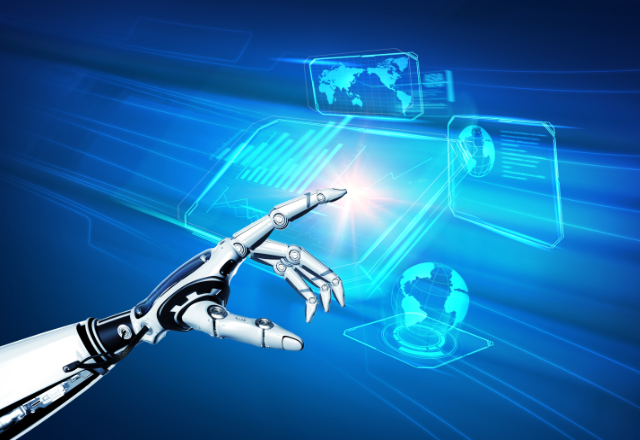

From healthcare and pharmaceuticals to food and beverage, manufacturing industries around the world remain inefficient. Despite the best efforts of many manufacturers' engineering teams, product design is subpar, lacks effective communication, and is riddled with human error, resulting in nearly $8 trillion in waste worldwide every year.
There is no doubt that this critical issue seriously affects the revenue and operating environment of manufacturers. As a result, companies in the manufacturing industry are seeking various solutions, such as using computer vision technology, to improve efficiency, optimize manufacturing processes, reduce waste and promote innovation.
Simply put, computer vision is a field of artificial intelligence (AI) that enables computers to interpret and understand visual information from sources such as images and videos. Utilize massive data to process input images, identify objects by marking them, and find out their rules and patterns. The technology has been around for years, but the latest advancements show that today's systems are 99% accurate, up from just 50% a decade ago.
Currently only 10% of manufacturers apply computer vision in their operations. However, as the benefits of this technology become more apparent and more manufacturing companies are researching or implementing it, now is the time to dig deeper.
Data collection is the key to the work of computer vision systems. On the assembly line, cameras and sensors are installed that capture images and upload them to a server. The system is then able to identify the different components and stages of the production process and classify any defects and anomalies according to problem type and severity. The system continues to improve and evolve itself as it receives more data and feedback.
To illustrate this, imagine that a company is operating a pharmaceutical production line, in which case a computer vision system can accurately verify the size, shape variation, defects, or total number of pills. When faced with issues during production, on-device connectivity can provide alerts, analytics and operational insights.
Many factors can be the cause of bottlenecks and slowdowns encountered in the manufacturing process, such as equipment failure, poor planning, and quality control issues. Manufacturing companies can solve problems with product production and machine movement on the shop floor because computer vision systems are able to detect and track them.
Manufacturers can use computer vision technology to monitor equipment and machinery to identify signs of wear and tear. This way, project managers can schedule maintenance and repairs more efficiently, reducing downtime. When equipment and machinery are in good working order, businesses can maintain production levels, reduce the risk of occupational accidents, and meet health and safety requirements.
Another major use of computer vision is to improve product quality. Manufacturers understand that ensuring their products meet standards, are free of defects and comply with regulatory requirements can be a real challenge, especially when dealing with large volumes. Computer vision can help them inspect products accurately at high speeds and even discover tiny defects that operators may have missed, thereby improving product quality and reducing waste.
Most importantly, implementing computer vision systems enables businesses to detect improper use of safety gear and equipment, situations that may result in falling objects, while also assessing the level of safety. Therefore, this technology can help manufacturing companies prevent accidents and effectively avoid workplace injuries.
The manufacturing industry has the potential to be revolutionized by the rapid development of computer vision. Understanding the realities of implementing this innovative technology is critical for manufacturers to keep up.
Because each product and its defects are unique, implementing a computer vision model that works for one product line is not guaranteed to work for another.
So, in order to make more informed decisions, avoid overspending and determine which computer vision solutions will be most useful, manufacturers need to:
While computer vision solutions have the ability to help manufacturers save time and money, implementing them can involve significant investment.
That’s because manufacturers need to prepare the infrastructure and carry out the necessary groundwork before deploying a solution, which means investing in cameras, installation and data collection tools.
The bottom line is that computer vision is transforming manufacturing by harnessing the power of visual information, enabling manufacturers to improve product quality, reduce waste, and create safer work environments for employees. However, because this technology offers unique solutions for each use case and requires expensive hardware, manufacturers must set specific goals to optimize their use of computer vision.
The above is the detailed content of Using computer vision to optimize operations: What manufacturers need to know. For more information, please follow other related articles on the PHP Chinese website!
 Application of artificial intelligence in life
Application of artificial intelligence in life
 What is the basic concept of artificial intelligence
What is the basic concept of artificial intelligence
 What does it mean to use a printer offline
What does it mean to use a printer offline
 What are the servers that are exempt from registration?
What are the servers that are exempt from registration?
 Usage of null in java
Usage of null in java
 What's the matter with Douyin crashing?
What's the matter with Douyin crashing?
 Modify file name in linux
Modify file name in linux
 How is the performance of thinkphp?
How is the performance of thinkphp?




